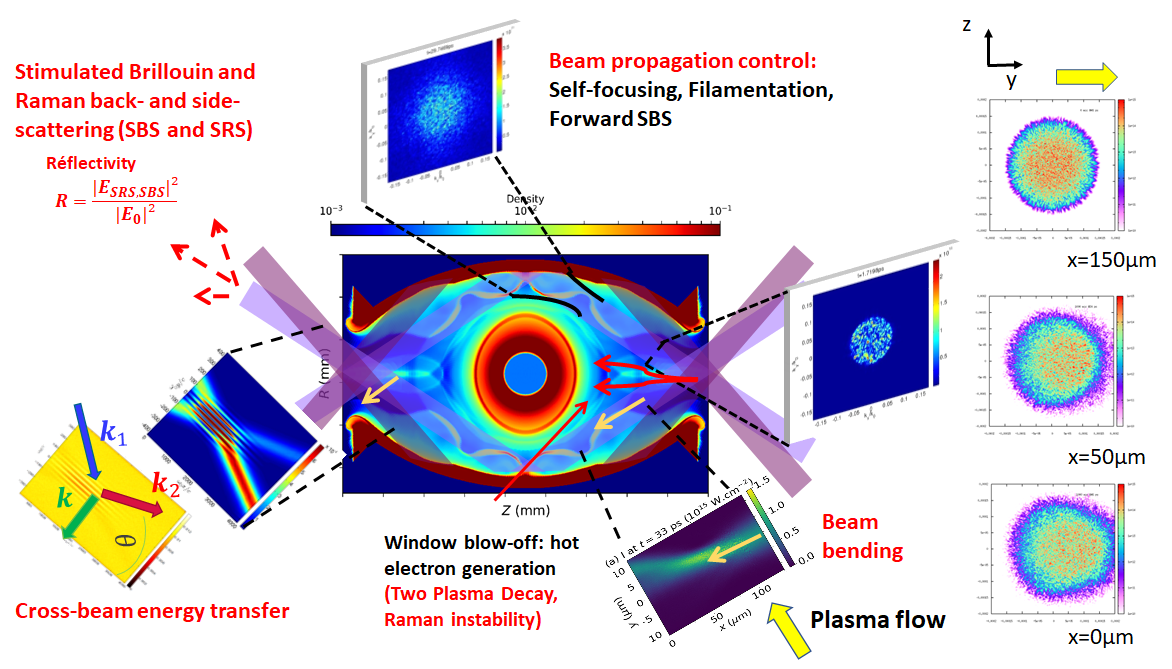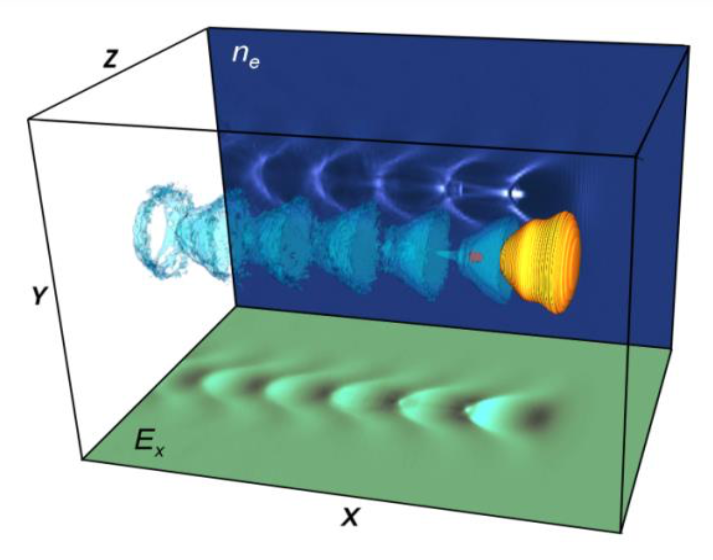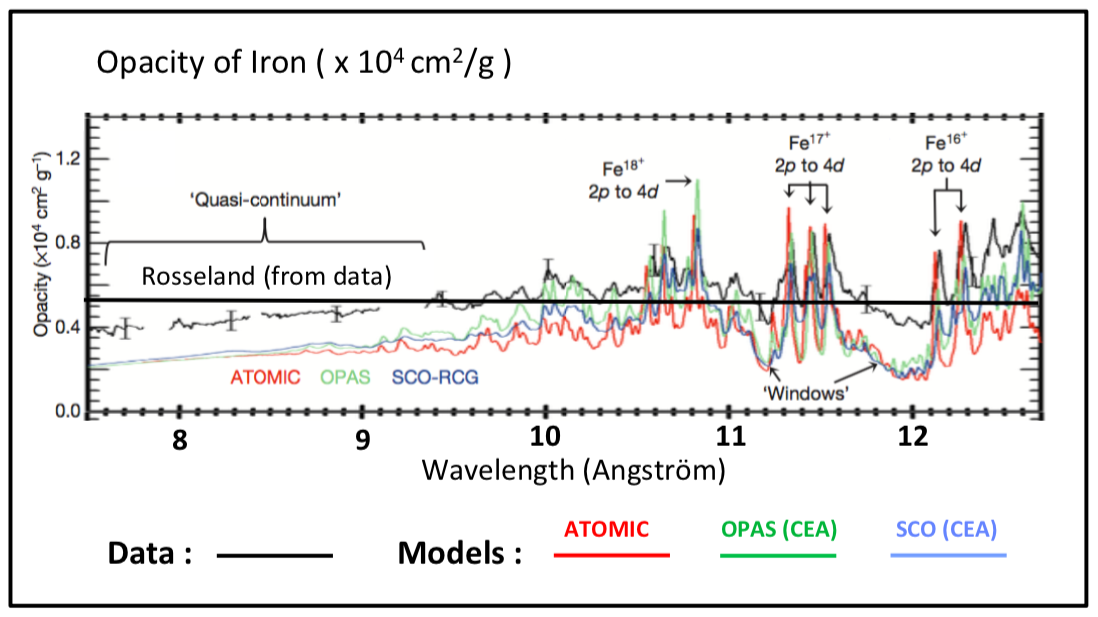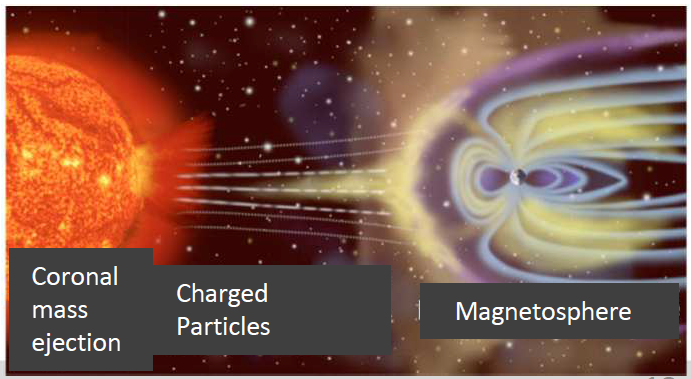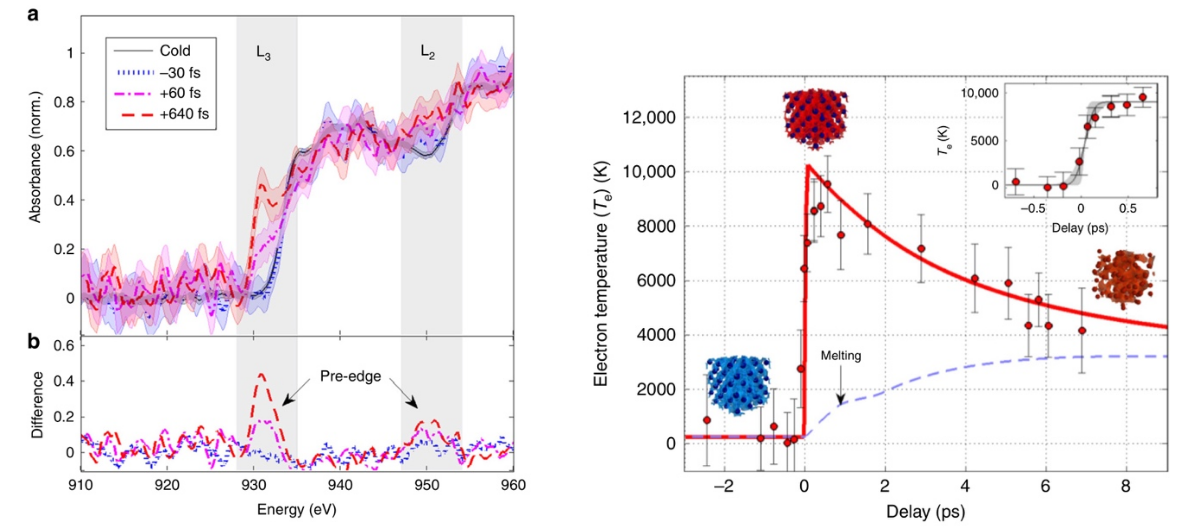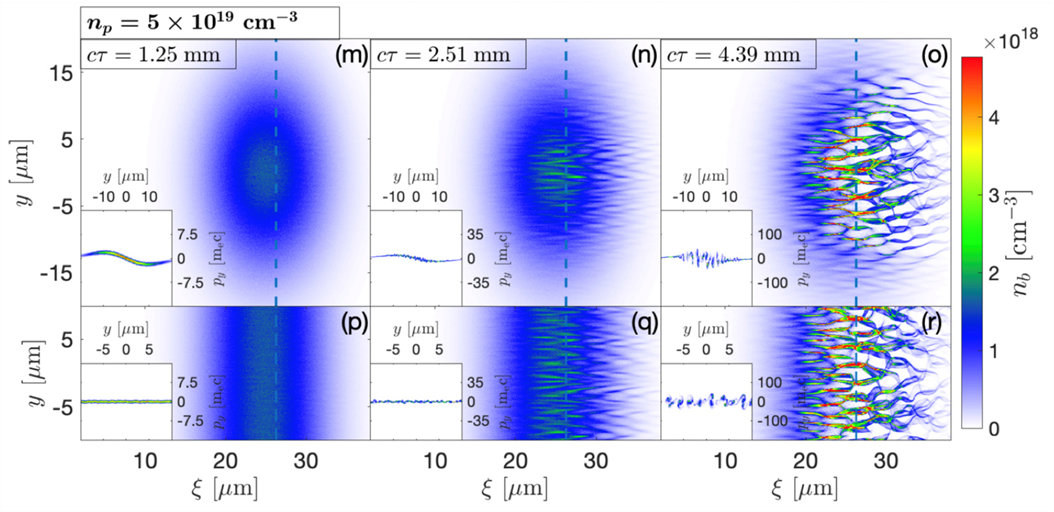The plasma state is often called the fourth state of matter in addition to the solid, liquid or gaseous states. Contrary to these last ones which are made of neutral atoms, a plasma contains charged particles (positive or negative ions and electrons).
It is thus necessary to take into account the electric interaction between the particles to estimate the physical properties of the plasmas, which makes all their complexity. The plasmas, thanks to their free charges can create radiation, generate electric currents and produce electromagnetic fields. Plasmas constitute the major part of the matter of the Universe. A flame, a lightning bolt, an aurora borealis or a star are composed of plasma. In the laboratory, they appear in several situations. This is the case, for example, in inertial confinement fusion (ICF) where highly compressed and heated matter is transformed into plasma so that hydrogen nuclei (and therefore protons) fuse to produce the same energy as in the Sun. Without requiring compression, plasmas are commonly produced by irradiating a solid, liquid or gas target with a laser beam. The energy deposited by the laser then causes the target to heat, vaporize and ionize, and in turn the plasma can alter the propagation and energy deposition of the beam. Moreover, in the case of ultra-high intensity lasers, the charged particles, sensitive to the electromagnetic field of the laser, are likely to be ejected up to relativistic speeds. Finally, while the kinetic energy of the particles is large compared to the interaction energy in the plasmas mentioned above, the opposite situation can also occur in which case the quantum dynamics of the particles must be taken into account. This is the regime of dense and warm matter. These different aspects are examined in the five sections below.
